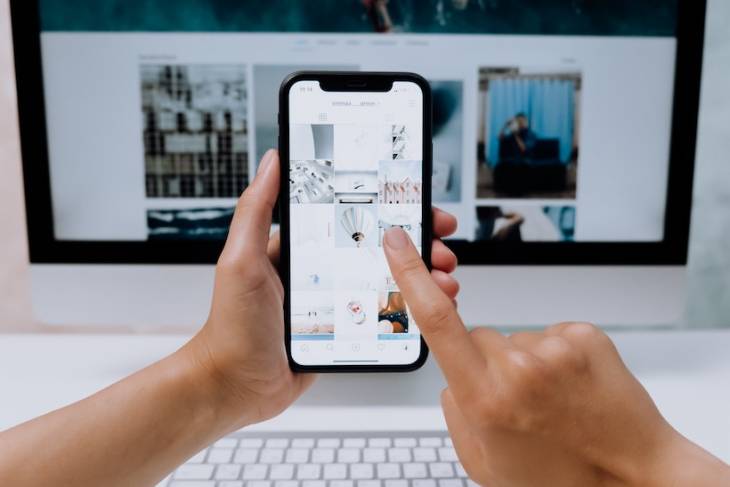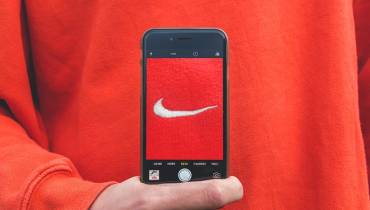Basic Steps for Launching New App Features

Launching new app features is an exciting but also daunting process. If you are unsure where to start, we suggest you follow the following basic steps: identify your target audience, set goals, create a feedback loop, and schedule your release date.
Moreover, consider using product delivery tools and tracking tools to help you measure and plan the release process. Planning the release will help you to ensure a successful launch.
Let’s explore these basic steps in more details.
1. Identifying the audience
It is crucial to identify your audience before you start developing new features for your application. Your audience is not just any group of people. It must share certain demographics and interests with your app. Make sure your target audience is not too broad or too narrow.
For example, a group of 50-year-olds is unlikely to have the same interests as a group of 13-year-olds. A group of 60-year-olds may find it difficult to read a small font on a mobile app, while an audience of 20-year-olds may struggle to read smaller font.
Once you've determined the demographics of your target audience, you can decide which features and functions are most appealing to them. This step will increase the chances of success and help you tailor your app's features and functionality to their interests.
You can also determine which features and functionality your audience will be interested in, and then point them to your waiting list if they're not a part of your target audience.
Identifying the audience is vital when launching new mobile app features, and it helps a great deal in avoiding costly mistakes that may not make it into the market.
By analyzing your target audience's needs and desires, you can create an app that will satisfy their needs and make them happy. Similarly, by analyzing competitors' products and services, you can know which ones are most appealing to users and avoid copying them.
2. Setting goals
In addition to defining the features of an app, you can also set milestones for them. For example, if you plan to launch a new version of your app in a few months, you can set goals for each of those milestones.
By comparing your app's metrics to the benchmarks for your industry, you can see if it's on track to meet these goals. In addition, you can determine which user behaviors contribute to your app's success.
In order to set goals for launching new app features, you must create a product roadmap for the project. Your product roadmap should include the goals for each feature, with each category grouped into milestones. Time, resources, and costs are often the main concerns.
To save time, you should focus on a minimum viable product (MVP). In the initial launch, your MVP should be prioritized. SMART goals are the most realistic but may be a stretch for the longer term. You can also outsource an iOS app development company to help you out in this vital task.
3. Creating a customer feedback loop
It's important to create a feedback loop when releasing new features or services. It helps you prioritize the most important issues to address first and avoid delaying the improvements needed to keep users engaged.
In addition to collecting feedback, a closed feedback loop where you respond directly to customer feedback is a powerful tool for monetization. The feedback provided by satisfied customers will help you improve your customer loyalty metrics and drive new revenue streams. Happy customers will spread the word about your product, which means more customers will come to use it and spend more money with you.
When creating a feedback loop, consider the types of feedback received and provide resources for analysis. You should also consider who will be affected by the feedback, including product design and customer service teams.
Closed feedback loops will help you create a culture that values customer feedback and empowers all teams to implement changes to meet the needs of customers. This closed feedback loops are an ongoing process that requires ownership.
Creating a feedback loop is critical to ensuring that your customers are satisfied with your app's features and services. In-app surveys are a simple way to interact with customers and get their feedback. By allowing customers to give feedback at the same time as they're using your app, you can develop empathy and recognize their needs, resulting in better products. And this is just the beginning.
4. Scheduling a launch date
To schedule a launch date for new app features, you can use the "Add Category" section on your app store pages or similar applications configuration tools on app store marketplaces.
After this, you can add an icon or image for the new feature, as well as update any other application resources for the feature release, such as an End User License Agreement (EULA) to protect your person, organization, and intellectual property.
Select a start and end date for the release and you're all set for a scheduled feature release! Spread the word about the scheduled launch date on your website, social media pages, blogs, and also emailing the news directly to users. Now, all you have to do is ensure it will be ready at the designated time and date.
Be sure to publish an update log on your app store pages to keep users up-to-date with all the changes and features you make on your app over time. Also consider setting up a dedicated update log page on your website for users to easily see changes you've implemented over time.
5. Testing
Mobile apps are a great marketing tool; they build brand loyalty, offer convenience for customers, and even collect customer data. But apps can also backfire when they don't work as expected; they can receive negative reviews or create security issues, which is why testing them thoroughly is critical.
Before launching your new mobile app feature, find some users to test your app feature and provide honest feedback. Ideally, these testers should be able to relate to the issues you're trying to solve. In addition, the testing environment and tools should be based on the testing methodology you've chosen.
Alternatively, conduct a broader beta test. Beta testing is an effective way to test new features before you release a full version. The goal of a beta release is to gauge how your new feature works for your target audience in the real world.
You can create a restricted beta release for employees or a select segment of your audience to gather feedback and scrutinize the functionality of your product. Depending on your app's purpose, a beta release can be restricted to paid users, people of a certain aged, or even specific platforms. The goal is to test every aspect of the update before it reaches the final release stage.
Then you can release the new feature to users on the scheduled date. Keep monitoring customer feedback when the new feature is released and many any adjustment as may be necessary.






















